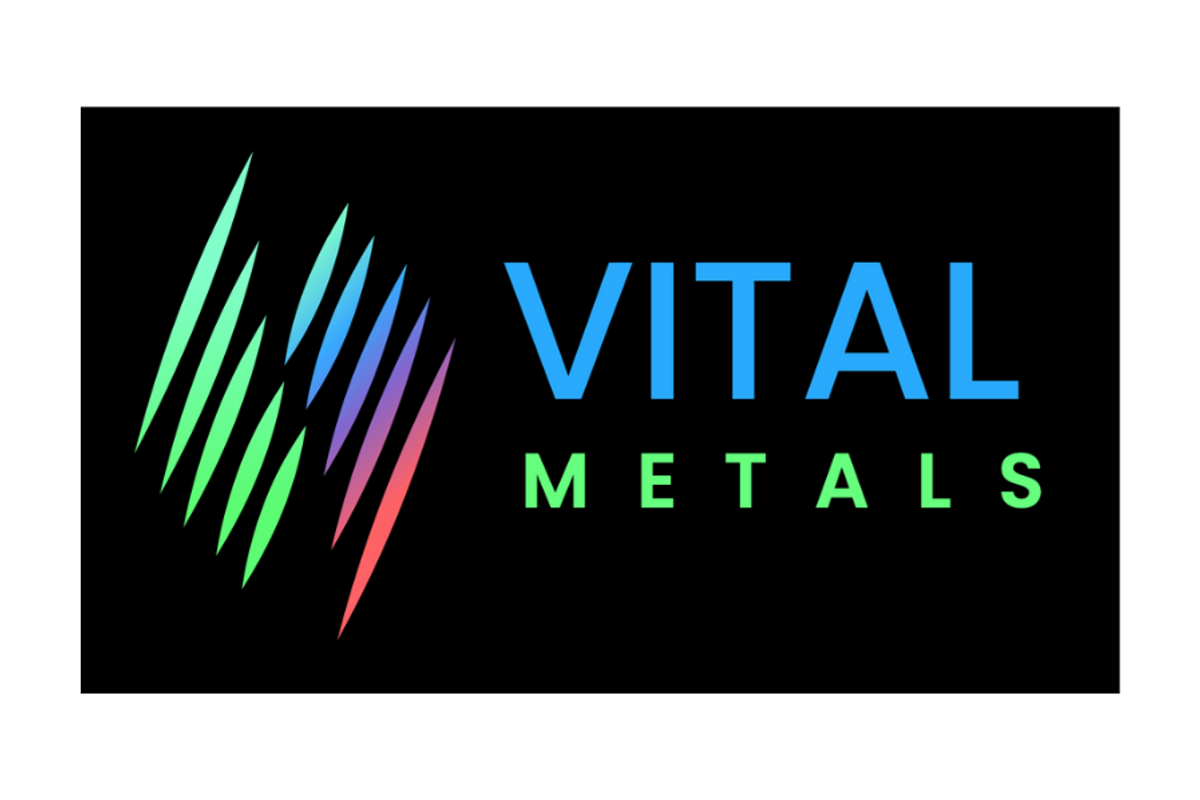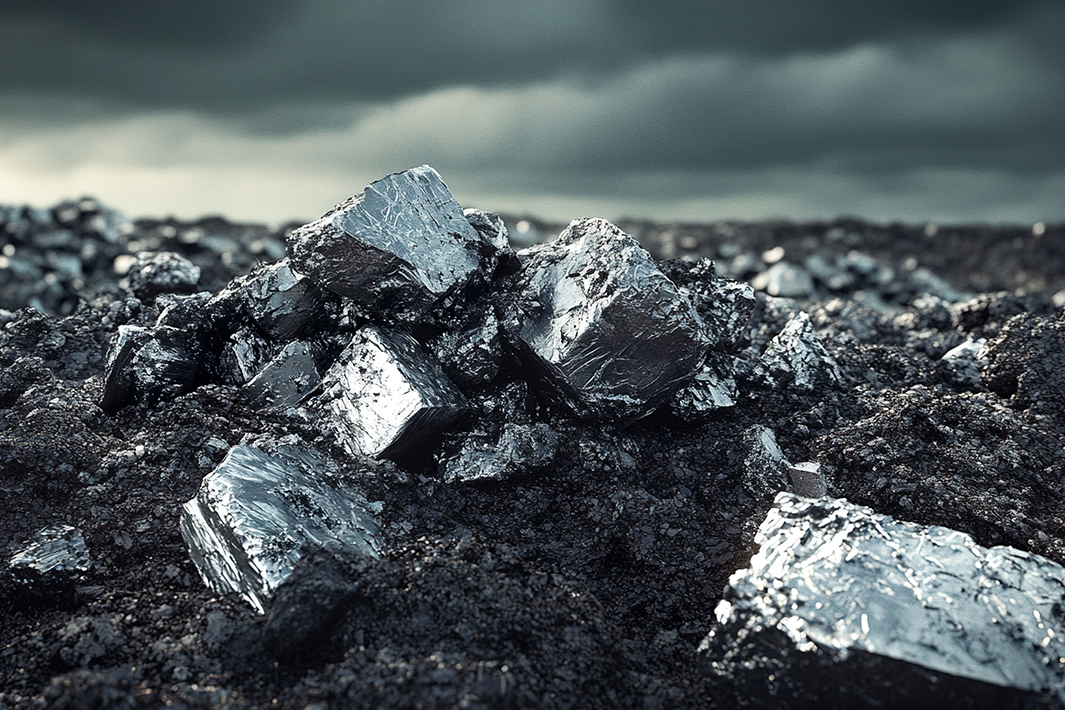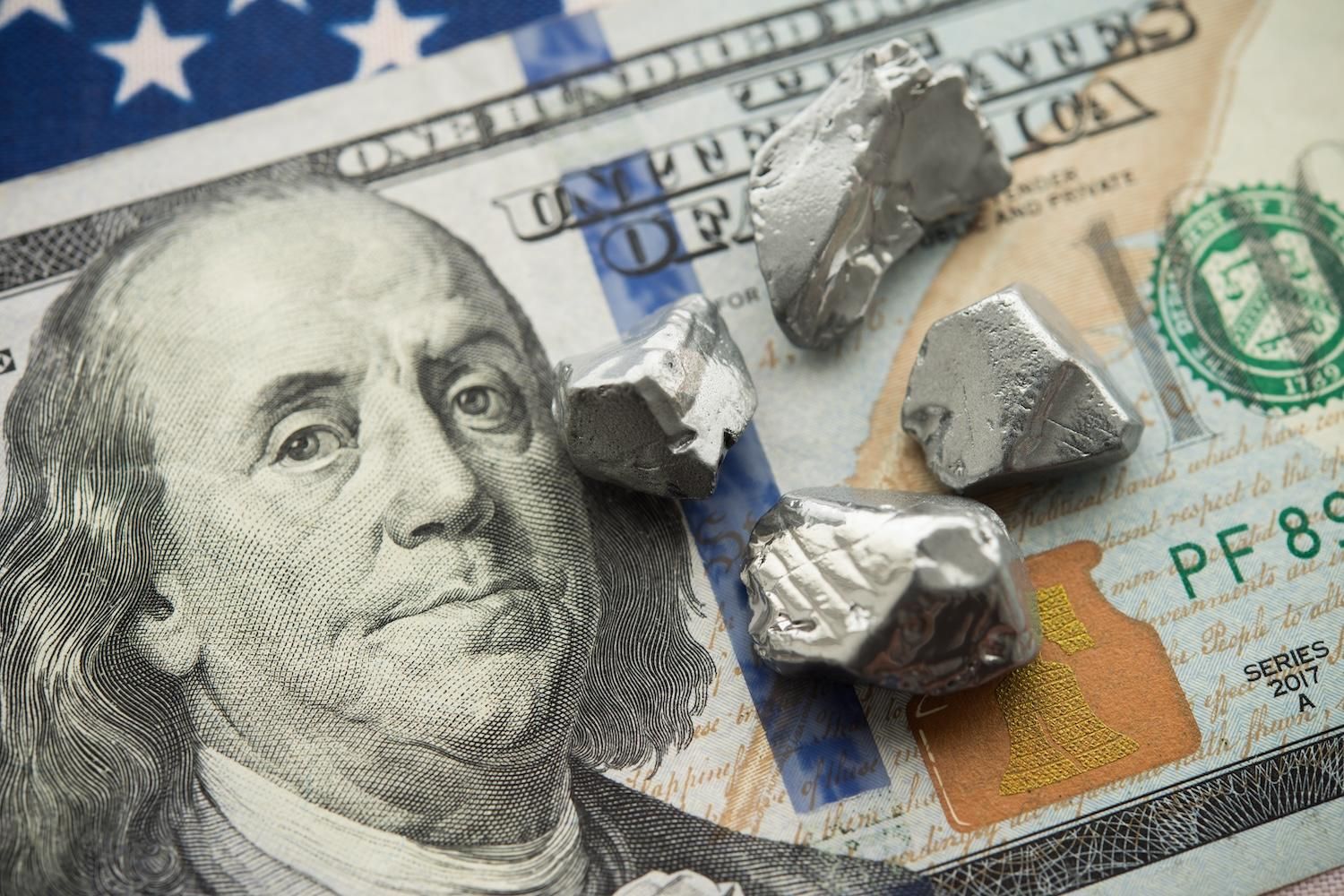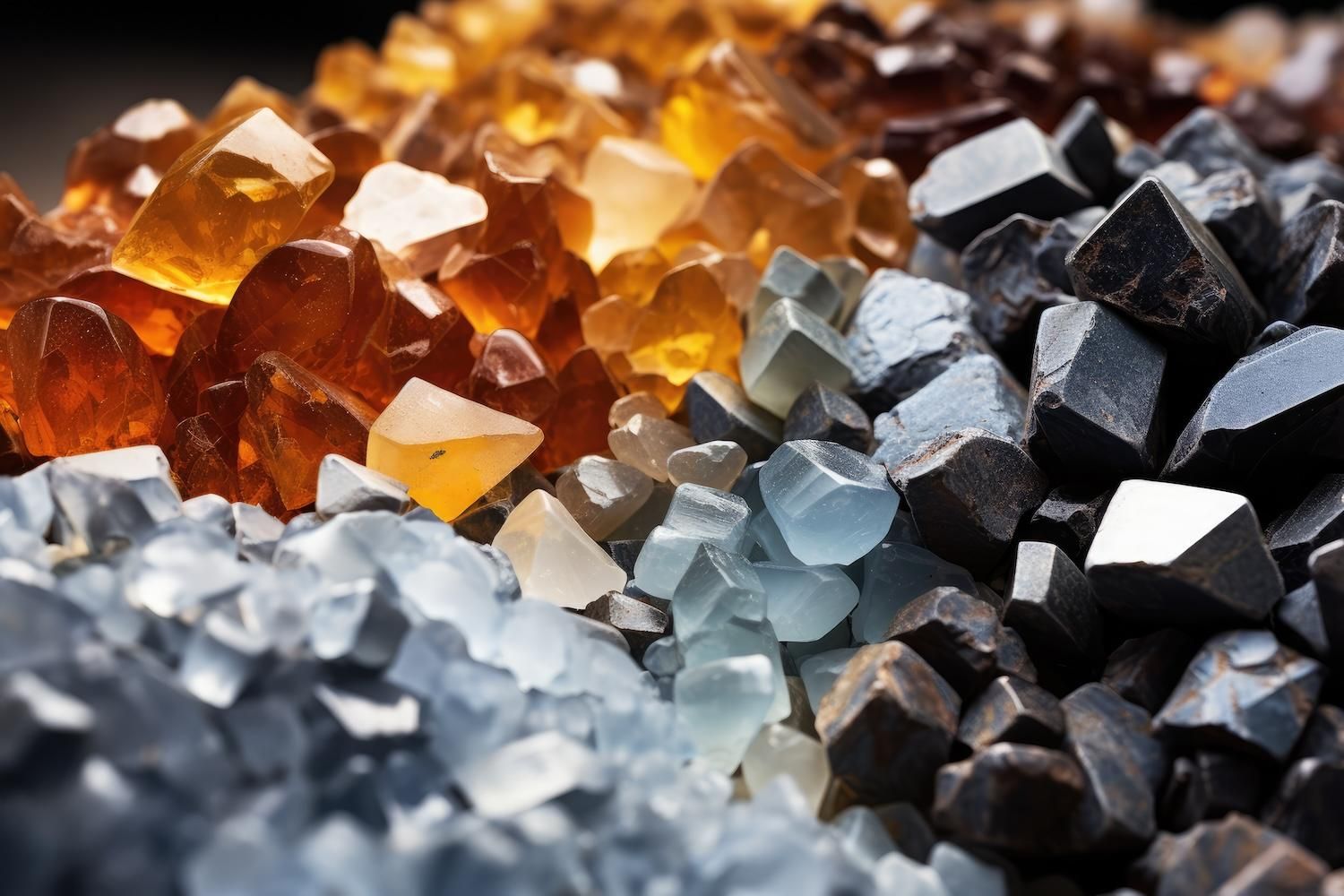
January 19, 2025
Vital Metals Limited (ASX: VML) (“Vital”, “Vital Metals” or “the Company”) is pleased to report an updated Mineral Resource estimate (“MRE”) for the Tardiff Upper Zone (“Tardiff”), part of the Nechalacho Rare Earths Project (the “Project”), located in Northwest Territories (NWT), Canada.
Highlights:
- New Tardiff MRE total resource tonnage (across all categories) of 192.7 million tonnes at 1.3% total rare earth oxide (TREO), containing 2.5Mt TREO.
- Tardiff is estimated to contain 636,000 tonnes of NdPr (neodymium oxide + praseodymium oxide).
- Incorporating all the latest drilling data this new estimate, compared to the April 2024 MRE, delivers:
- 70% increase in reported tonnes in the Indicated Resource category;
- 56% increase in reported tonnes in Measured + Indicated Resource categories;
- 2% increase in contained NdPr;
- Niobium (Nb2O5), hosted within the same geological formations hosting the rare earth mineralisation, reported for the first time.
- Current MRE is reported above a 0.7% TREO cutoff grade instead of a metal equivalent value previously used.
- Vital is using the updated Tardiff MRE as the basis for a Scoping Study to examine the size and scalability of future production scenarios. This is expected in the coming weeks.
The current MRE follows Vital’s completion of resource definition drilling program at Tardiff in 2023, totalling 74 holes for 6,664m, which returned high-grade results up to 8% TREO.
The current MRE features a total resource tonnage (across all categories) of 192.7Mt grading 1.3% TREO and 0.3% Nb2O5, containing 2.52Mt TREO including 636,000t of NdPr.
Vital Managing Director and CEO Lisa Riley said: “Our updated MRE for the Tardiff deposit shows increased confidence in the deposit, with a 70% increase in the Indicated Resource tonnages and a 56% increase in the Measured + Indicated Resource tonnages compared to our April 2024 historical MRE, while our Inferred Resource tonnages have decreased by more than 20%. While our overall totals of contained TREO and NdPr have only slightly increased on the April 2024 historical MRE, based on the drilling we completed in 2023, we now have more confidence that this is a truer representation of what this deposit holds.
“The current MRE is the final piece awaited for inclusion in our Tardiff Scoping Study, which is now due for delivery in the coming weeks.”
Vital VP Exploration Natalie Pietrzak-Renaud: “The positive changes to the current MRE compared to the April 2024 historical MRE is largely based on the inclusion of the 2023 drill results, the 2024 metallurgical test results we obtained from our 2023 collected composite Tardiff sample, and the carefully considered metrics we used as inputs. Our approach is to establish outputs that are realistic pathways for project development. With the work we completed on the MRE and the forthcoming Scoping Study, we have, and continue, to build a solid foundation of data and knowledge to advance our project.”
The Tardiff MRE is reported within an optimized open-pit shell using Studio NPVS from the Datamine Suite. The optimized pit shell was generated using a 45° maximum final pit wall, and a 150m RL lower pit limit.
Tardiff contains rare earth element (“REE”) and Niobium mineralisation hosted within a nepheline syenite intrusion. Recent metallurgical test work indicates strong potential to produce neodymium oxide (Nd2O3) and praseodymium oxide (Pr6O11), which are light rare earth oxides (LREO) with magnetic properties and are in demand due to their use in technologies such as high-strength magnets, aircraft engines, and various industrial and electronic applications. The recent metallurgical test work also indicates an opportunity to further investigate and advance the potential opportunity to recover niobium minerals from Tardiff ore. Niobium is in demand due to its low oxidation point and relatively high melting point. It is used as an alloy in aeronautic engines, electronic applications (due to its superconducting properties) and as an additive to lithium-ion batteries to enhance battery life.
The current MRE represents a significant increase in reported tonnes in the Indicated Mineral Resource category in comparison to the historical MRE completed in April 2024 and a decrease in reported tonnes in the Inferred Mineral Resource category. The current MRE is also reported above a 0.7% TREO cutoff grade instead of a metal equivalent value as previously used.
Click here for the full ASX Release
This article includes content from Vital Metals, licensed for the purpose of publishing on Investing News Australia. This article does not constitute financial product advice. It is your responsibility to perform proper due diligence before acting upon any information provided here. Please refer to our full disclaimer here.
The Conversation (0)
16 December
Policy Shift Sparks Renewed Interest in Rare Earths Stocks
Rare earths stocks have gained renewed investor attention following recent policies that sharpen the US government's focus on securing critical minerals supply chains. In early 2025, the Trump administration signaled stronger commitments to reduce American reliance on China for rare earth... Keep Reading...
15 December
ReeXploration Announces $1,000,000 Private Placement
Capital raise supports upcoming drill program targeting newly identified uranium system along Namibia's premier uranium corridorReeXploration Inc. (TSXV: REE) (FSE: K2I0) ("ReeXploration" or the "Company") is pleased to announce a private placement for aggregate gross process of up to $1,000,000... Keep Reading...
12 December
ReeXploration Announces Field Program Results Confirming Large-Scale Uranium Target at Eureka, Namibia
Ground radiometrics, soil geochemistry and mapping reinforce the potential for a Rossing-style system beneath shallow coverReeXploration Inc. (TSXV: REE) (FSE: K2I0) ("ReeXploration" or the "Company") is pleased to announce results from its uranium field program, which provide strong support for... Keep Reading...
09 December
Pensana Secures US$100 Million Investment for US Mine-to-Magnet Plan
Rare earths-focused Pensana (LSE:PRE,OTC Pink:PNSPF) reported on Tuesday (December 9) that it has concluded a US$100 million subscription with a strategic investor.According to the company, the deal underpins its broader mine-to-magnet strategy in the US.The unnamed investor subscribed for 95... Keep Reading...
07 December
U.S. Investors Lead Oversubscribed $17m Placement
Locksley Resources (LKY:AU) has announced U.S. Investors Lead Oversubscribed $17m PlacementDownload the PDF here. Keep Reading...
04 December
ABx Receives First Mixed Rare Earth Carbonate Sample from Deep Leads
ABx Group (ASX:ABX) said the Australian Nuclear Science and Technology Organisation (ANSTO) has produced the first mixed rare earth carbonate (MREC) sample from the Deep Leads resource in Northern Tasmania.A Tuesday (December 2) press release states that the ANSTO sample contains 4 percent... Keep Reading...
Latest News
Interactive Chart
Latest Press Releases
Nevada Sunrise Announces Stock Option Grants
19 December
Related News
TOP STOCKS
American Battery4.030.24
Aion Therapeutic0.10-0.01
Cybin Corp2.140.00




